Europe isn’t the first place most people think of when they think of tornadoes. That would likely be the Mid-West of the United States, which experiences the bulk of the world’s tornado phenomenon.
The science behind the formation of tornadoes is fairly dependable. There are a certain set of unique conditions that allow them to form. Very few locations in Europe have the specific set of climate conditions needed to form regular tornadoes.
However, Europe isn’t without its occasional windy spiral or two. Some places see a surprising amount of activity at certain points in the year. Once a tornado forms, it can last anywhere from minutes to hours.
Most countries in Europe experience an occasional small tornado at some point in their history. But a few regions are especially primed for the right conditions.
The Netherlands
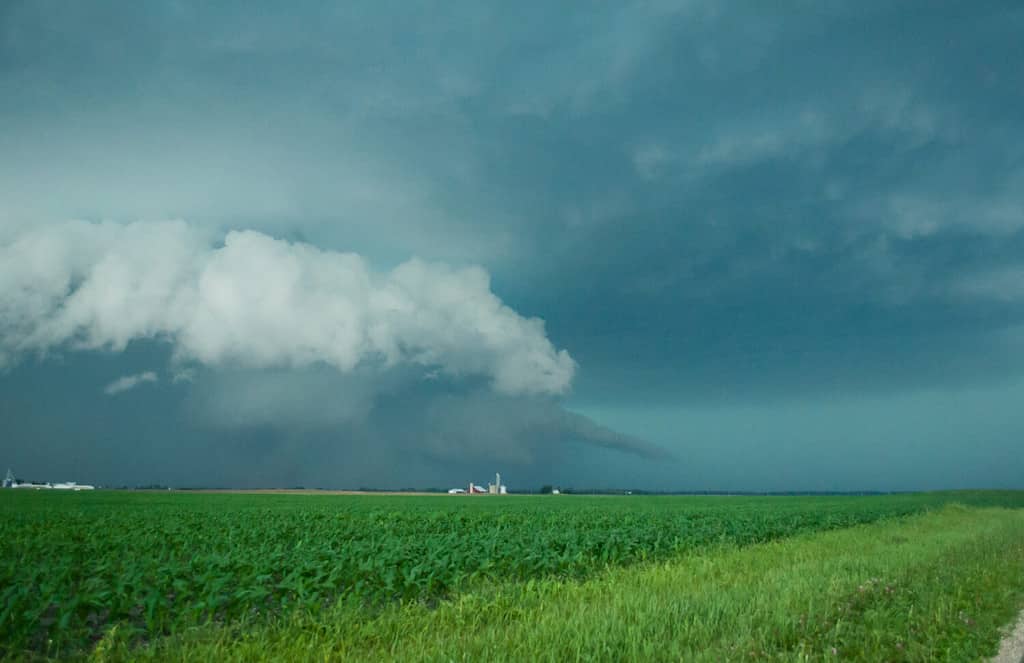
Storm clouds often presage the formation of tornadoes.
©Ross Ellet/Shutterstock.com
The Netherlands is situated in a unique conjunction of climate phenomena. That makes it possible for the formation of frequent tornadoes.
In fact, the region of The Netherlands that experiences the most frequent tornadoes is known as the “Tornado Alley” of Europe.
Much of The Netherlands is a flat, low-lying swampy kind of area that facilitates the formation of strong winds. In the summer, the heat adds to the tornado-forming potential of the region.
This is coupled with the fact that the coagulation of higher-than-average winds in the Atlantic. Heavy precipitation from the North Sea and warm winds from the Mediterranean all converge in this region to create heavy storm systems.
The peak of tornado season in Europe is typically sometime around July. Annually, the region can experience up to 700 tornadoes per year.
Germany
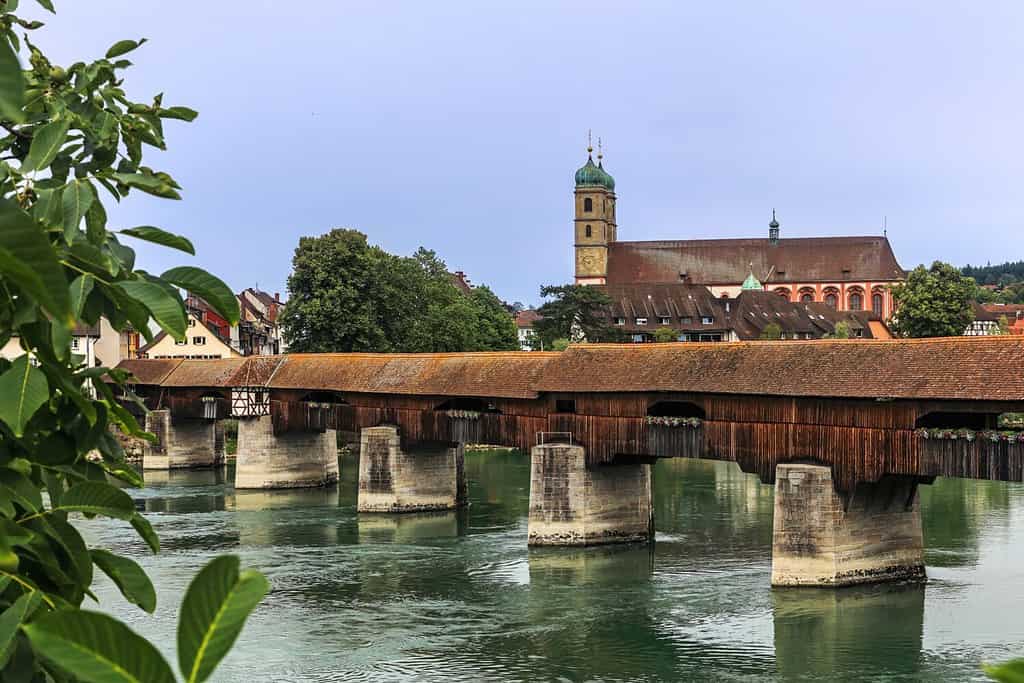
Germany has been home to some of Europe’s most devastating tornadoes.
©YueStock/Shutterstock.com
Certain parts of Germany also create the right conditions for tornadoes. In particular, the Northwestern region of the country is especially prone.
This might not surprise readers familiar with the region. This is because Northwestern Germany is the region of Germany that shares its border with the Netherlands. Thus, this area could also be said to exist in the Tornado Alley region of Europe.
Tornadoes are classified by their severity, using a measurement system known as the Fujita Scale. This measures the strength and force of the winds that they produce. Many of Europe’s strongest tornadoes occur in the aforementioned sector of the Netherlands and Germany.
France
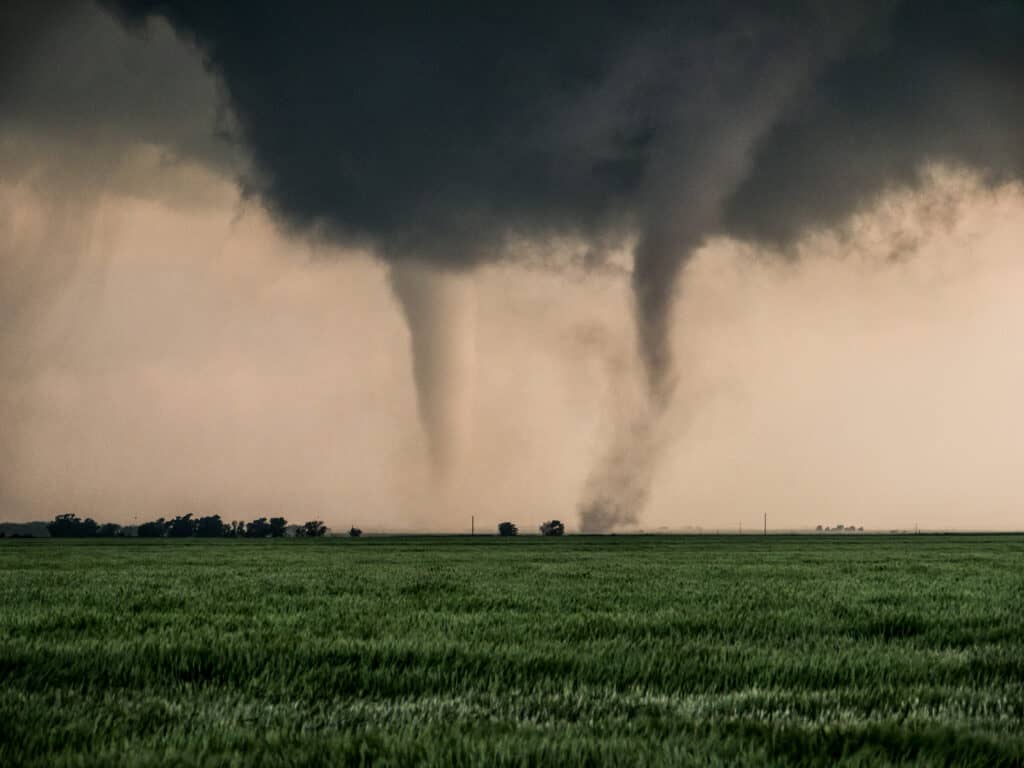
Tornadoes thrive in flat environments.
©Eugene R. Thieszen/Shutterstock.com
It shouldn’t surprise that this region experiences an occasional tornado or two. This is due to the general flatness of France’s geographical area.
There have been a number of tornadoes of some strength recorded in Northwest France, a region of the country prone to the phenomenon.
The border between France and Belgium is also a minor hotbed of this type of meteorological activity. However, France typically only experiences around two tornadoes of significant strength per year.
The Mediterranean Sea
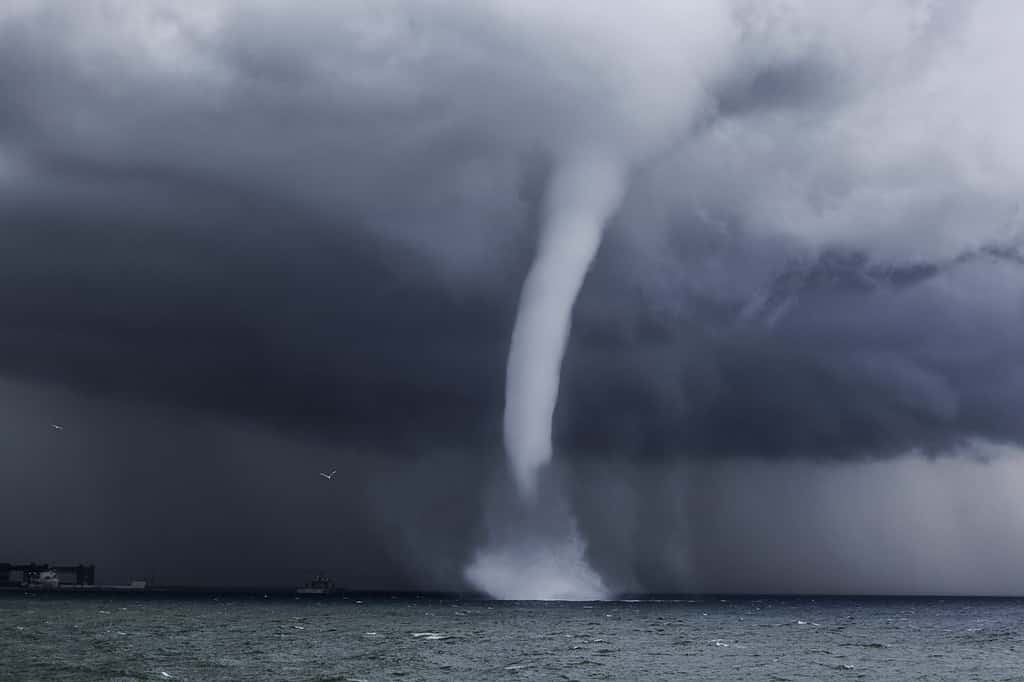
Waterspouts can be damaging to boats and planes.
©Minerva Studio/Shutterstock.com
When a tornado occurs in the open ocean, it’s known as a waterspout. Waterspouts can be awe-inspiring and wild, as the powerful winds whip water into the spiral shape of a tornado.
Waterspouts can be dangerous for both boat traffic and air traffic. There are several recorded events of waterspouts knocking airplanes from the sky.
The Mediterranean is a large enough body of water that it can facilitate the formation of waterspouts. In the warmer summer months, hot air interacts with the cooler sea in order to create a pressure vacuum. This engineers the conditions for tornadoes.
Europe’s Deadliest Tornado
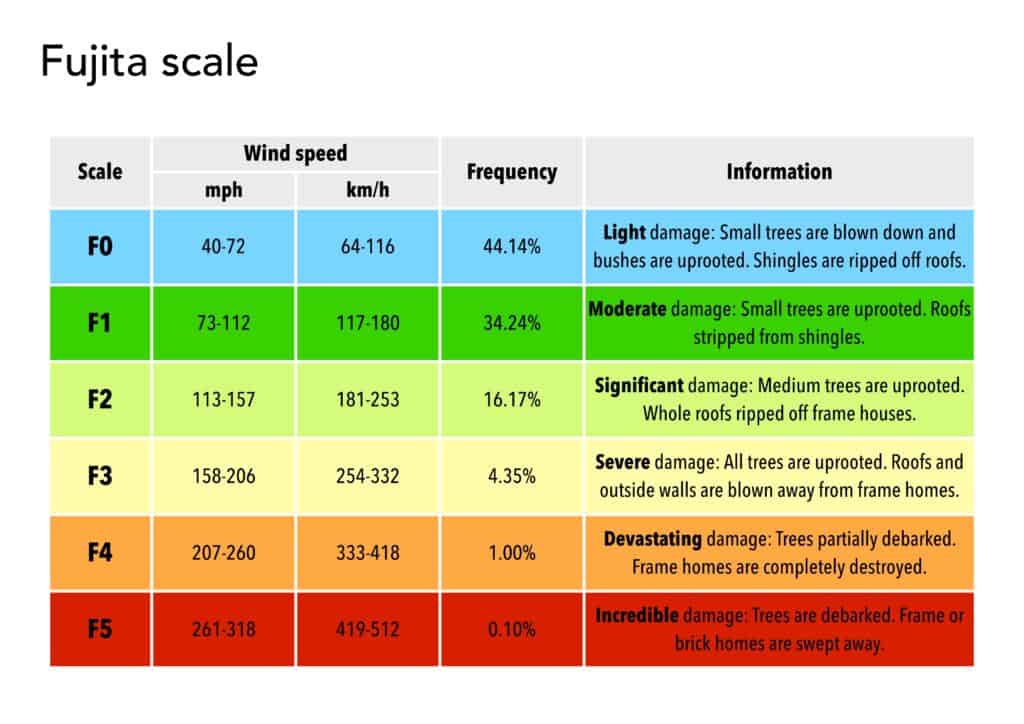
The Fujita tornado intensity scale describes the power of a tornado.
©Dimitrios Karamitros/Shutterstock.com
It’s difficult to pinpoint exactly what the most damaging or deadliest tornado in European history has been. However, one very strong contender is known as the 1764 Woldegk Tornado.
This tornado hit the German village of Woldegk, practically decimating the town and carving a path of destruction. Contrary to the usual statistics, the Woldegk tornado occurred in the Northeastern part of Germany.
This tornado was measured as an F5, and it caused the highest amount of damage possible, according to common measurement. The damage that tornadoes cause in their wake is measured by a scale known as the TORRO scale.
Although the town was rebuilt over the course of the centuries, this wouldn’t be the last time that the town would experience such woes. Unfortunately, the village was ransacked and leveled in World War II.
Other Locales
Although the above-mentioned regions are Europe’s main centers for tornadoes, they do occur in many other regions that you might not expect. In fact, most countries in Europe will experience some tornado activity at some point.
There are maps of this kind of activity available from several sources online. The EWSD is one example.
The photo featured at the top of this post is © Hit1912/Shutterstock.com
Thank you for reading! Have some feedback for us? Contact the AZ Animals editorial team.







